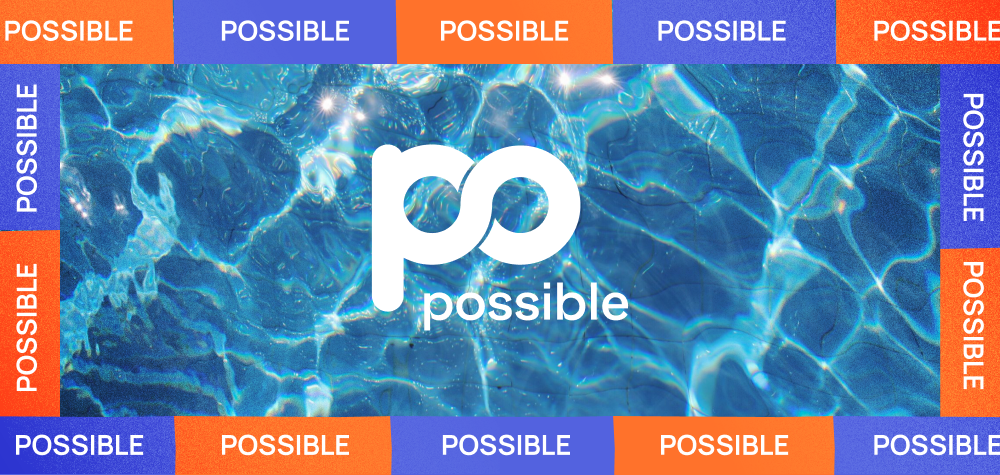Data privacy.
It’s the hottest topic right now, and it’s all thanks to the upcoming changes to Apple’s IDFA.
Apple’s strategic move to boost IDFA data privacy for iPhone users affects everyone in the mobile advertising industry, from ad networks to app developers, digital marketers, in-app advertisers, all the way to consumers who will benefit the most and gain greater control over their online data exposure.
Here at Start.io, we are geared up and ready to handle the challenges that this privacy revolution will bring. And we want to help you thrive in the face of Apple’s turnabout. So let’s start at the beginning.
What is Apple’s privacy change really all about?
Up till now, advertisers have targeted iPhone users with their IDFA, “Identifier for Advertisers” – a unique ID that lets advertisers track and collect the user’s in-app activity in order to target them with relevant ads. According to Apple, every app has an average of six third-party data trackers, all of which track, collect, and monetize its users’ data.
For Apple’s next software release in early spring 2021, the company is instituting a revolutionary change to its tracking policies known as App Tracking Transparency (ATT).
Via ATT, Apple will start requiring that apps and advertisers attain the user’s permission in order to use the IDFA for tracking and ad targeting. Apple’s new privacy policy aims to give app users control over how their data is handled and by whom.
Users can manage their own data tracking permissions, choosing to opt-in or opt-out of data tracking for each individual app. It’s a major step forward for data privacy on the consumer side.
On the other hand, it puts app owners in a tough position. Developers use IDFA to attribute app installs and tie app events to retargeting media across iOS devices. The inability to do this across the board will make it much more difficult to measure campaign performance, target users with relevant ads, and optimize revenues from app monetization.
The ramifications are deep and broad
Google acknowledges that publishers “may see” a palpable impact on their Google ad revenue on iOS once Apple’s policies take effect, due to reduced visibility into performance metrics and measurement.
In addition, Google decided that it will no longer collect and use the IDFA in its own iOS apps for advertising purposes, and will therefore not display the opt-in permissions prompt to users in those apps.
Another player that will take a hard hit is Facebook. The social media giant says that ads that are not personalized are able to achieve only half the value of personalized ads monetized in Audience Network. Bottom line? Facebook could lose billions in the next quarter when Apple’s ATT policy gets going.
Apple offers an alternative
Of course, Apple is well aware of the obstacle the new IDFA policy will be for app developers and advertisers to measure, analyze and attribute user data for all-important optimization and monetization activity. So it has introduced its own attribution solution. Introducing SKAdNetwork.
While SKAdNetwork does partially remedy the gap, what it doesn’t do is to provide the level of granularity that platforms currently offer to mobile marketers. Here are the main limitations of SKAdNetwork as an alternative solution:
- ROI & LTV: The available measurements after app install offered by SKAdNetwork are way below optimal in terms of the window available for measurement and the granularity level.
- Data granularity: The data presented is minimal, restricted only to campaign level. In addition, the data only covers 100 campaigns for each network and each app.
- Delay with postback: A minimum of 14-hour delay will occur between installs and reporting. Real time, rapid optimization is therefore much harder to do.
- Risk of increased ad fraud: The SKAdNetwork may make it easier for fraudulent advertisers to create fake traffic, as well making it more difficult to track fraudulent ads and advertisers.
- No support for attribution other than downloads: Deep linking is not supported by SKAdNetwork, and only downloads can be attributed, which makes it much harder to conduct accurate attribution activity.
What else you can do
Clearly, the industry is bracing itself for the impact once the new IDFA changes kick in. Snap Inc, for example, recently stated that there will be a risk of interruption to demand, and the company has been preparing for a future far more focused on first-party data.
No matter how big or small, every player in the mobile app advertising industry must prepare for the upcoming IDFA changes, and here are some ways you can:
- Recalibrate for long-term strategies: Developers must start to consider how their conversion architecture and user data strategy must adapt in order to support long-term value for their advertisers.
- Shifting budgets to Android: Many companies are moving more budgets to Android, out of range of the fallout on iOS.
- Pivot to contextual targeting: Change your mindset from targeting at the individual user level and rather towards a more subtle and nuanced contextual targeting.
- Change your approach to attribution: Move away from 1:1 attribution methodologies and towards probabilistic modeling approaches with the help of existing MMPs (mobile measurement platforms).
- Optimize your permissions request: Convincing users to give you permission to track their IDFA in an era of App Tracking Transparency is critical. Collaborate with your marketing department to craft effective messaging for your opt-in request.
Your partner, always
At Start.io, we are no strangers to the dynamic shifts happening all the time in the mobile app advertising and monetization industry. And that’s true today, with the IDFA changes on the horizon.
We’ve been working hard to ensure that Start.io is SKAdnetwork compliant, so that we can be in the best position to partner with you during and beyond the transition to ATT. Need assistance and guidance as the release of iOS14 approaches? Don’t hesitate to contact us today.



